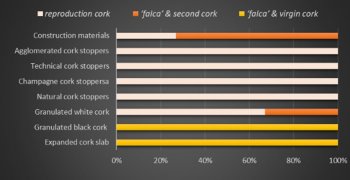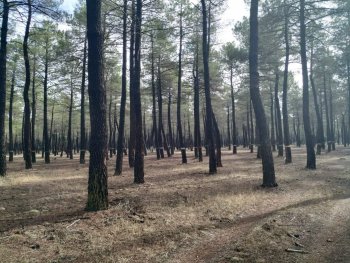Cork carbon footprint: From forest to products
In the life cycle of cork, carbon dioxide (CO2) and methane (CH4) gases are released from biological material combustion or decomposition as well as from burning fossil fuels. The biogenic carbon emissions from forest-based products are usually not included because they are released into the atmosphere during the processing and end-of-life stages. The carbon footprint for the cork sector should be considered at different stages, from forest management activities, across the manufacturing processes and product distribution, to the product end-of-life.


